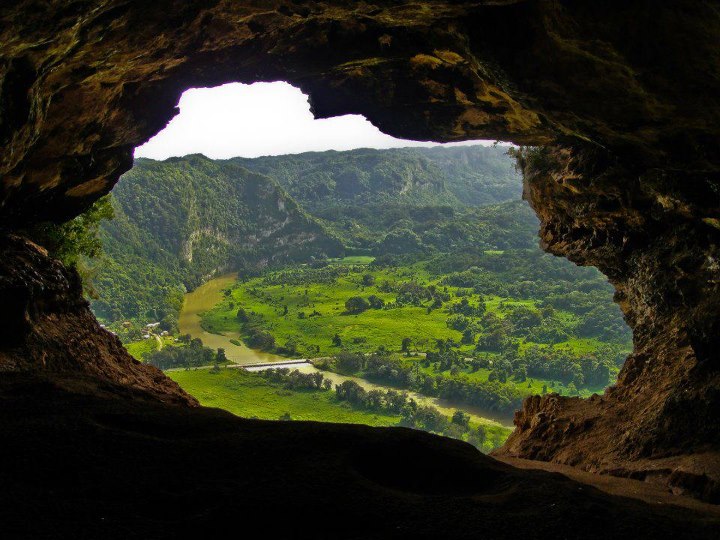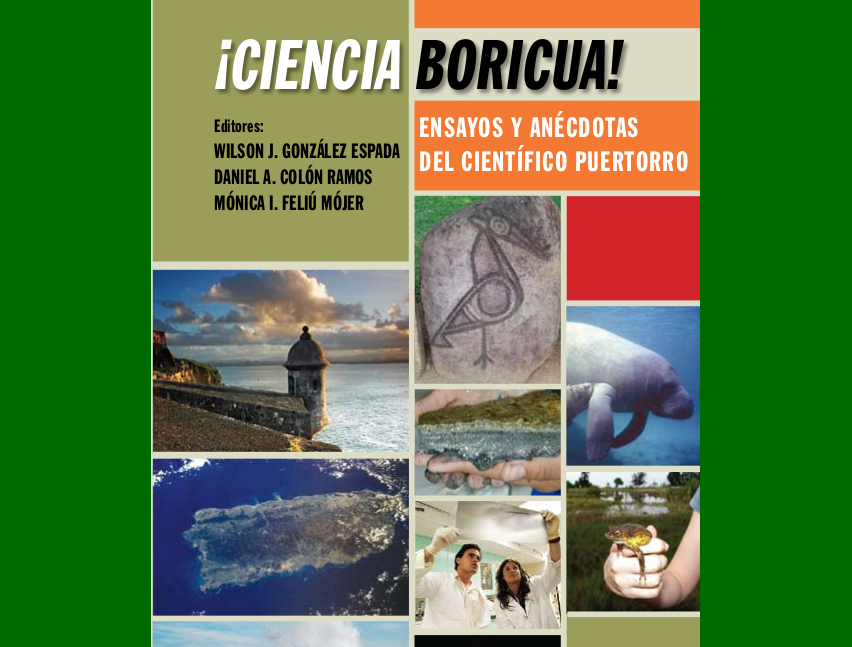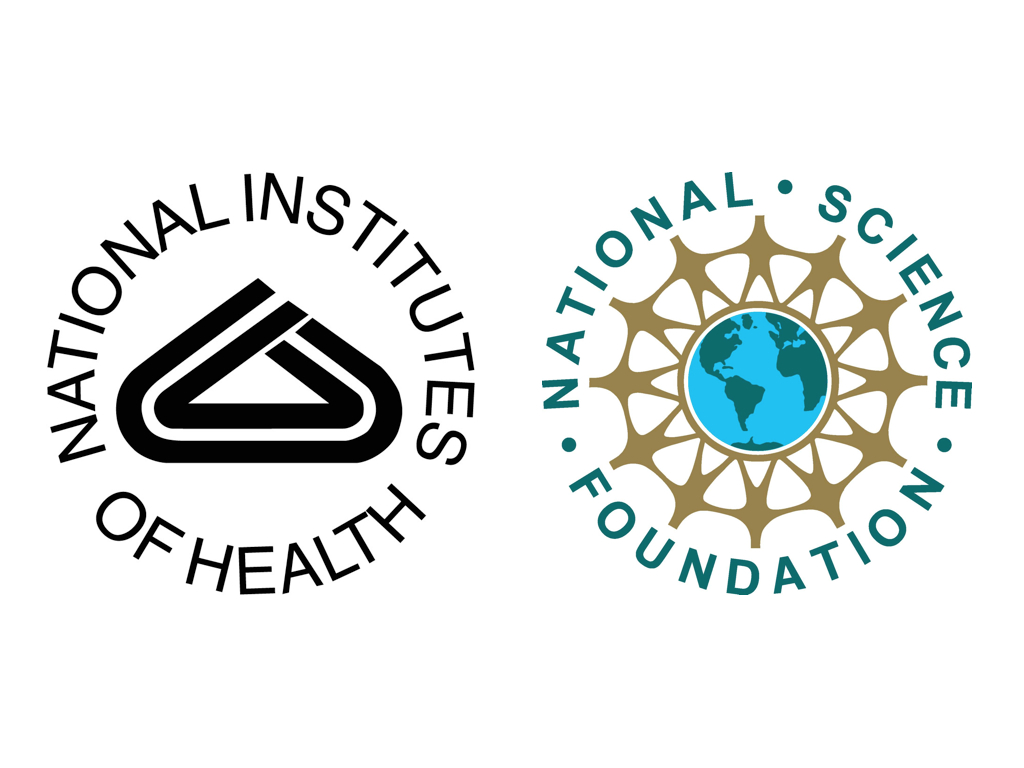What do hermit crabs say about the health of Puerto Rico's beaches? A new study uncovers it
Submitted on 28 July 2025 - 4:00am
This article is reproduced by CienciaPR with permission from the original source.
CienciaPR Contribution:
Original Source:
By:

You have an itchy throat. You have a runny nose. Your body is giving you early signs of what's coming, whether it's allergies, monga or influenza. These symptoms can be considered bio-indicators, biological signals that let you know that something (in this case, your health) is beginning to be affected.
The same thing happens in nature. There are different species of animals, plants and microorganisms, among others, that act as bioindicators. The abundance, health and reproduction of these bioindicator species let scientists know about the health of that area or ecosystem.
Puerto Rico's beautiful and biodiverse coastal areas attract bathers, businesses, noise, cars and other human activities that can negatively impact them. How can we determine the health of these areas and when to intervene to protect them? There is an organism that many know, but few imagine is a bioindicator for precisely these purposes: the hermit crabs.
This was detailed by Francisco Torres Torres, Ana González Colón, Paola Negrón Moreno, Naishka Rivera Rosado and Enrique Cruz Reyes, students at the University of Puerto Rico (UPR) in Cayey, led by biologist María de Jesús Burgos.
The team published a study on cobytes or hermit crabs (Coenobita clypeatus) as a bioindicator organism of the coasts of Puerto Rico. In the research, published in the Journal of Crustacean Biology, De Jesús Burgos and his students compared the number of cobytes per area, size, and weight of four groups.
Specifically, they studied 101 cobytes at Puerto Nuevo beach, in Vega Baja, and 462 at Hacienda La Esperanza, in Manatí, during the winter. For the research, they used samples found in areas of coastal vegetation of equal size. This process was repeated in summer, the season with the highest number of people visiting the coast, resulting in a sample of 126 and 430 cobitos, respectively.
Puerto Nuevo is a tourist beach that is close to commercial and residential areas and the highway. Hacienda La Esperanza, on the other hand, is a beach that belongs to a natural reserve far from stores, residences and highways.
The researchers found that, in both winter and summer, the cobitos at Hacienda La Esperanza were larger, chubbier and four times more abundant than those at Puerto Nuevo beach. In the scientific article, the authors indicate that their results suggest that “conservation measures, such as those implemented at Hacienda La Esperanza, provide optimal conditions for populations of hermit crabs” or cobitos.
Currently, the vegabajeña beach is listed as a Blue Flag beach, a voluntary recognition for beaches, marinas, and tourist boats granted by the Foundation for Environmental Education (FEE) that comply with "sustainable operations and environmental protection. In Puerto Rico, the award is managed by Organización Pro Ambiente Sustentable (OPAS), in collaboration with the Tourism Company of Puerto Rico.
However, based on the results of their research, De Jesús Burgos and his colleagues believe that the decline in the cobia population at Puerto Nuevo beach could signal an environmental deterioration in this beach resort.
Although studying the human impact on hermit crabs was not the focus of the study, the scientists found a clear difference between the two beaches.







